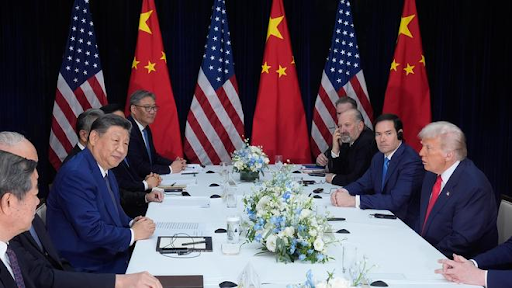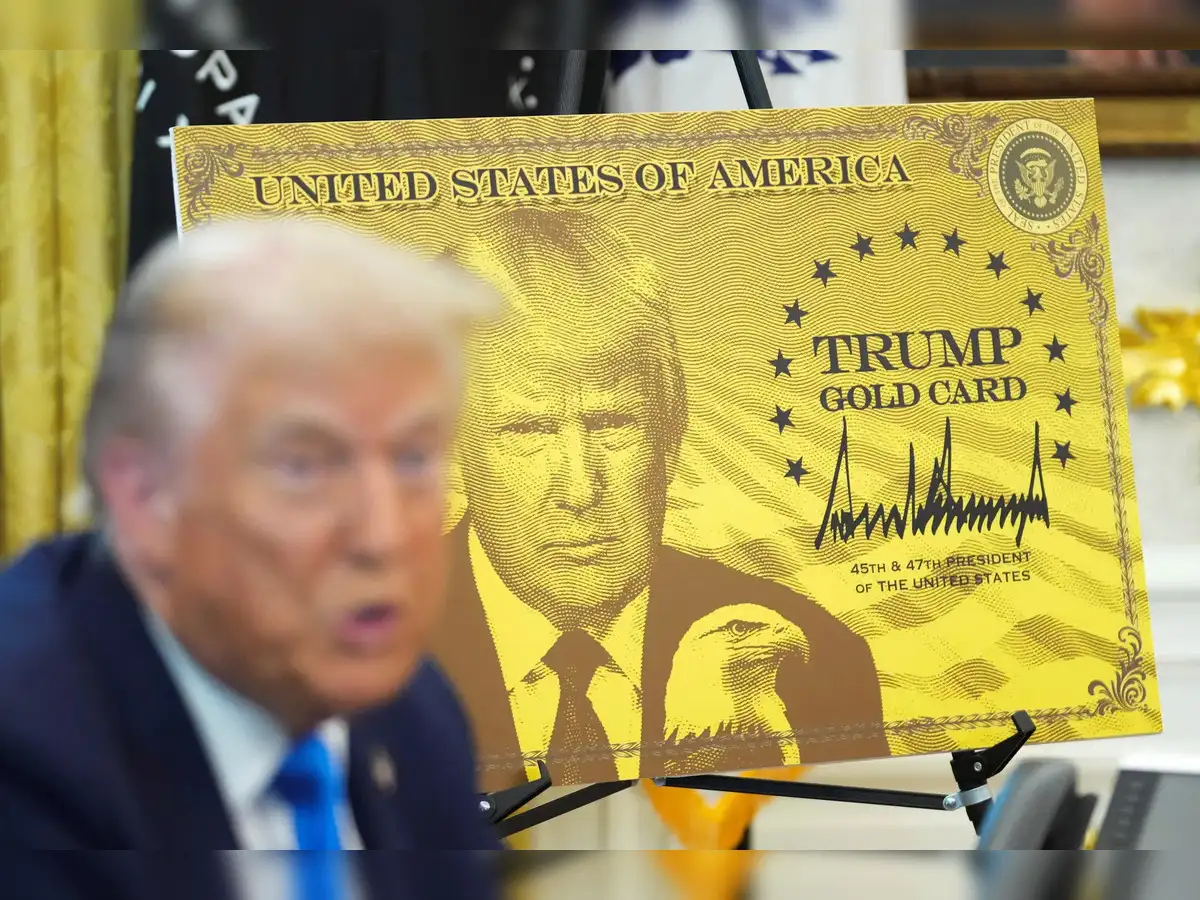



India and the U.S. agreed to negotiate a multi-sector Bilateral Trade Agreement, which must comply with WTO rules including the MFN principle and FTA requirements. An interim agreement may reduce tariffs, while avoiding reciprocal tariffs that violate bound tariff obligations, S&DT, and the enabling clause, ensuring legal and fair trade.

India-U.S. Trade Agreement and the Test of World Trade Organization (WTO) Laws.
During Prime Minister Narendra Modi’s visit to the United States on February 13, 2025, India and the U.S. agreed to negotiate the first stage of a mutually beneficial, multi-sector Bilateral Trade Agreement (BTA) by the fall of 2025.
The BTA’s compliance with World Trade Organization (WTO) rules, particularly the General Agreement on Tariffs and Trade (GATT), is essential for both nations.
The WTO operates on the MFN principle, which mandates that member countries must not discriminate between their trading partners. This means that if a nation grants a particular trade benefit to one WTO member, it must extend the same advantage to all other members. This rule ensures fairness and equality in international trade relations.....

Premium
Already Subscribed?




© 2026 iasgyan. All right reserved